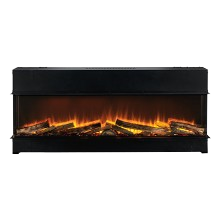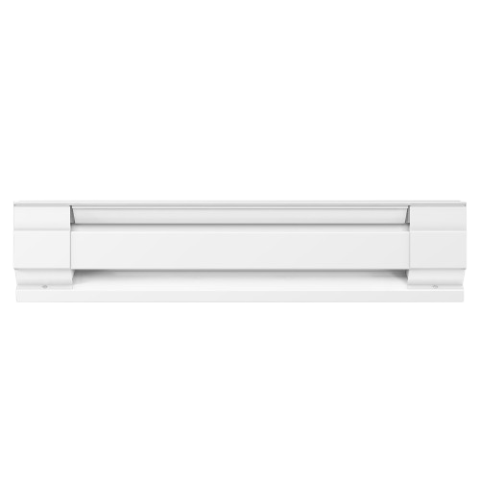
Choosing the Right Electric Heater for Your Home
More people are turning to electric heat for their homes, whether it's used to compliment another heating system or is the primary system. Room by room electric heat is a great option!
It’s easy to install, simple to maintain, cost-effective, and friendly for the environment. But when it comes to types of electric heaters, which one is right for your home? There are several options and each comes with its own pros and cons.
This guide will give you an overview of the most common types of electric heat:
Baseboard Heaters
Baseboard heaters are one of the simplest, most economical forms of electric heat. These are usually hardwired to an electrical circuit. The baseboard element generates heat, which warms the air around it. The natural convection process circulates the warm air throughout the room. Baseboards in general are the least expensive type of electric heat to install but they also take longer to warm a room, which means they can lead to higher power bills. They also take up a lot of wall space. To get more heat, you need a longer unit. In order to operate properly, there needs to be at least a foot of clearance in front of them. That means you can't put furniture, drapes or any other objects directly in front of the heater.
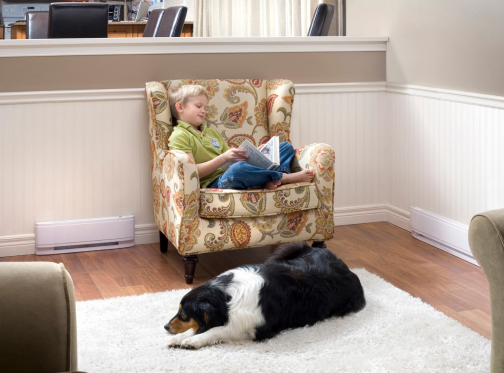
Radiant Floor Heating
Radiant heaters usually come in the form of electric cables, tubes of heated water or electric mats installed just below the floor's surface that heat the floor. These systems work particularly well with concrete floors because the heat absorbed by the concrete can keep the room warm for several hours. This can be extremely beneficial when electric companies use time-of-use rates as you can heat the floor when rates are lowest and enjoy that heat throughout the rest of the day.
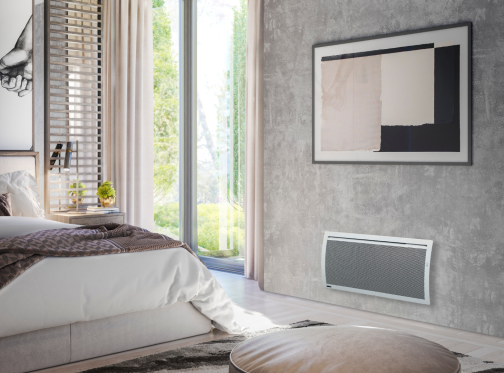
Space Heaters
Space heaters are the most flexible type of heater as they are not hardwired into your home, rather they plug into power outlets. Space heaters give you the flexibility of putting a heater exactly where you need it, when you need it. There are a few downsides:
- The power cord can be a tripping hazard
- You must plug the heater into a direct plug, they are not compatible with power cords or power surge bars
- Most space heaters take max amount of residential circuitry, meaning if you have any other electronics plugged into outlets on the same line, you could run into circuit issues.
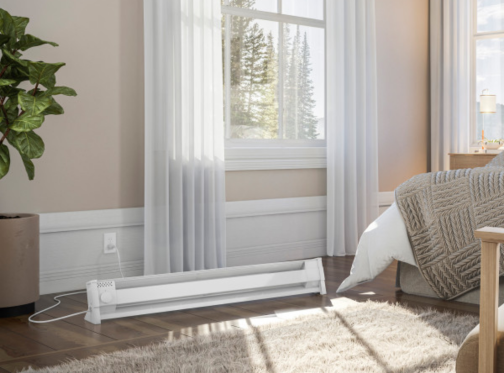
Heat Pumps
Heat pumps are one of the most energy efficient heating options you can buy, they are also known as a renewable energy source. Although all electric heat is 100 percent efficient, these heaters can actually use heat from the environment to provide heat to your home, which in some cases means you get more heat output than you put into the system. They are the only heat source that can also provide cooling when necessary.
The US Department of Energy article on ductless, mini-split heat pumps states: "If you are building an addition or doing a major remodel and your home does not have heating and cooling ducts, a ductless mini-split heat pump may be a cost-effective, energy-efficient choice."
Although they are usually a higher investment at the onset, the cost savings to operate often offset the expense. Should you require additional heat beyond what a mini-split heat pump can provide, adding a second type of electric heat to complement it can be a cost-effective and comfortable alternative to installing more than one. Flexibility is truly the biggest advantage to Heat Pumps.
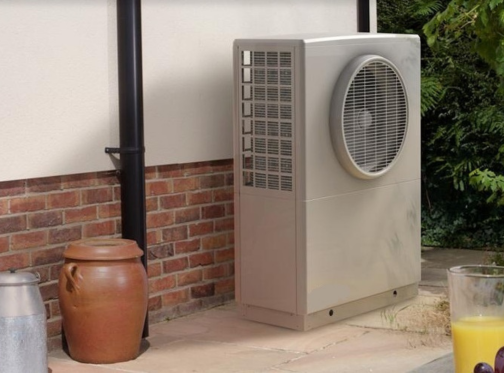
Wall Heaters
Wall heaters, also referred to as forced-fan heaters, combine a heating element and a fan to circulate heated air throughout a room. These heaters are also hardwired to your electrical circuit. The heating element works just like one in a baseboard heater, but unlike baseboards, wall heaters have a fan that helps push warm air throughout the room, resulting in the room heating up faster and cost savings in your energy bills.
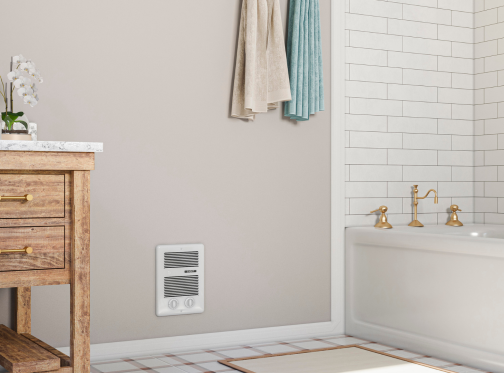
A few advantages of Wall heaters:
- Wall heaters provide varying amounts of heat from a single unit.
- They are often smaller than baseboards
- They can be placed higher on the wall, which frees up more space in your room for furniture.
- A steady source of heat in a cold room.
- Easy to install
- Low in cost of ownership compared to other options in the electric heat space
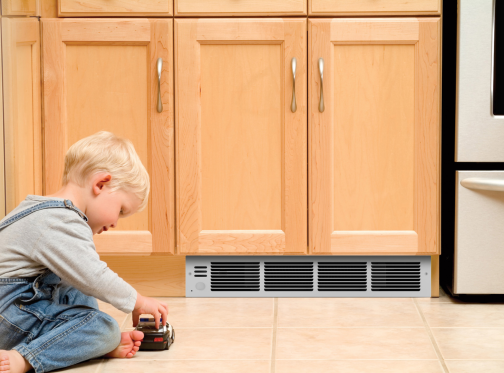
When selecting a heat source for your home there are several factors to consider such as:
- How the space is used
- The building materials in the space
- The size of the space
As well as , if you are doing a new build or renovation, additional options to consider as heat sources may be wood burning stoves or electric fireplaces.
